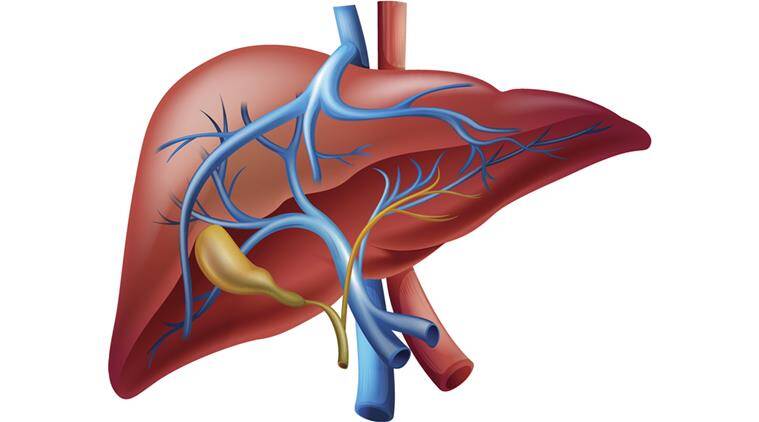10 Facts about Cirrhosis – Interesting and Useful Facts
Did you ever hear about cirrhosis? It is a disease of the liver and in this post, we collected 10 interesting and useful facts about cirrhosis. Learn more about this disease from the facts below.
10 Facts about Cirrhosis
- It’s very difficult to spot people suffering from cirrhosis. However, major symptoms are fatigue, loss of appetite, and weight loss. Along with the progress of the disease, more dangerous symptoms such as jaundice, fluid retention in the abdomen or even liver cancer might erupt.
- Cirrhosis is a disease of the liver. This disease damages liver cells.
- Cirrhosis is a serious disorder of the liver as can be gauged by the figure that only around 30% of patients with this problem will survive five years after diagnosis and proper treatment.
- Even though there are many causes for cirrhosis of the liver, Chronic alcoholism is one of the most rampant and major ones. Another major reason for it causes by the different viral hepatitis types B, C, and D.
- Cirrhosis is the name given by René Laennec (1819), a French scientist. The literal meaning is “tawny” derived from the Greek language indicating the actual color of the liver at the cirrhosis stage.
- Another fact – cirrhosis of the liver due to chronic alcoholism can be prevented by controlled or no consumption of alcohol and any other drugs or harmful substances.
- Regular clinical examination with specific analysis of the blood samples can help doctors to diagnose liver cirrhosis at an early stage. Later on, they can perform a liver biopsy to obtain liver tissue samples to get to the root cause of the disorder.
- Usually, treatment for liver cirrhosis depends on the severity and the cause of the disorder. Treatment is normally provided to stop or even reverse the progress of the disease to the best possible extent.
- Liver transplantation is being used for treating patients with advanced cirrhosis of the liver.
- The child-Pugh score is used to grade the severity of liver cirrhosis. The grading is in the ascending order of A, B, and C where C actually represents the severity of the disease.




























